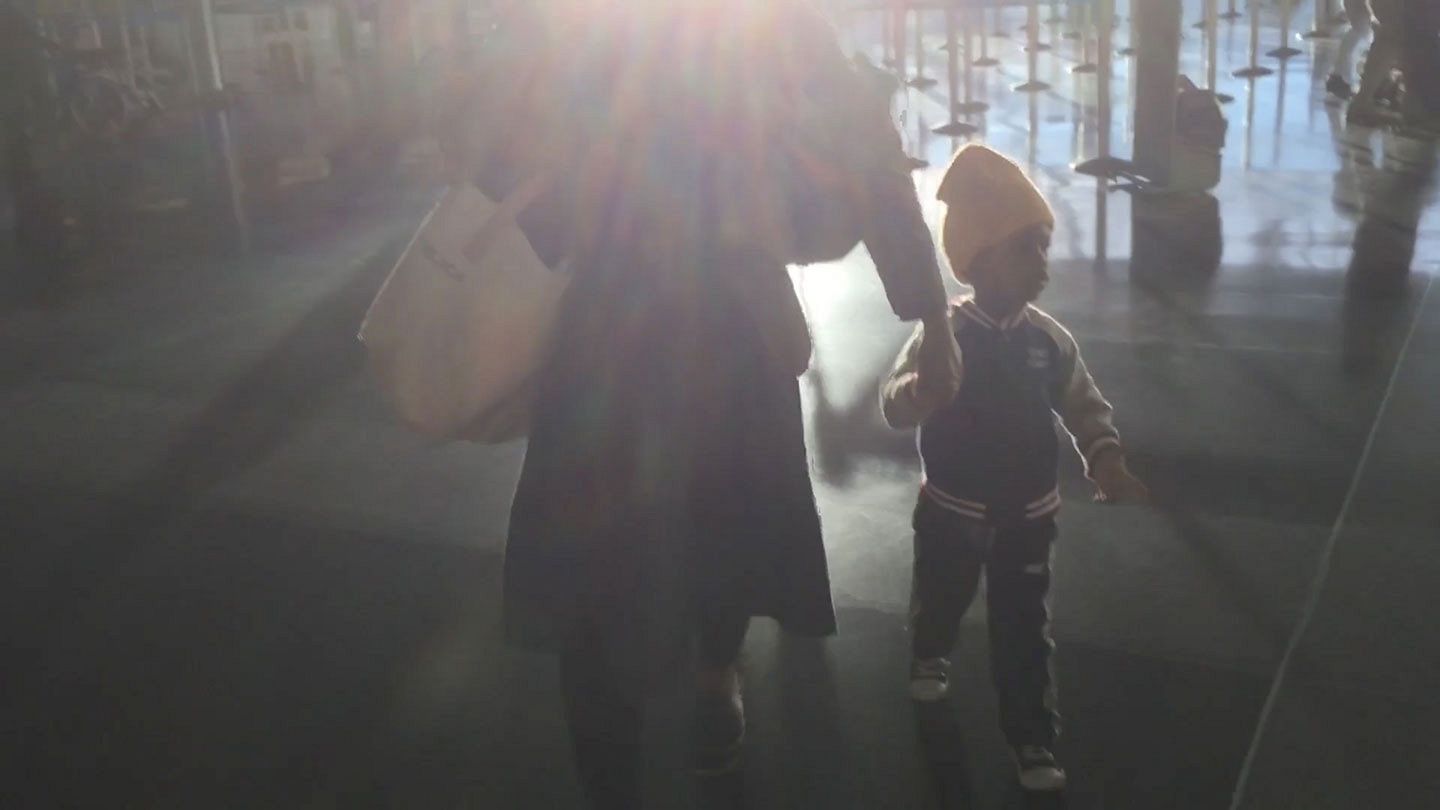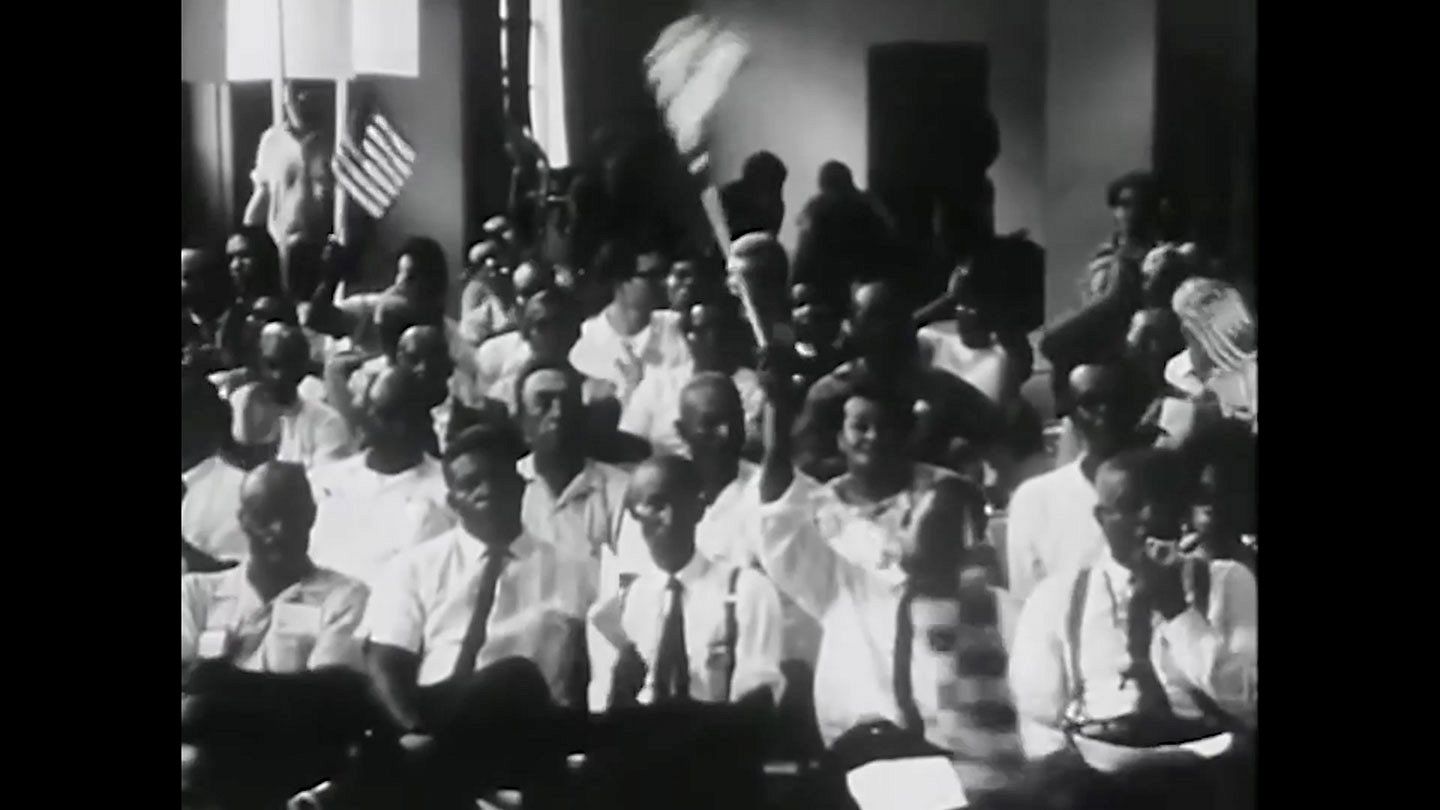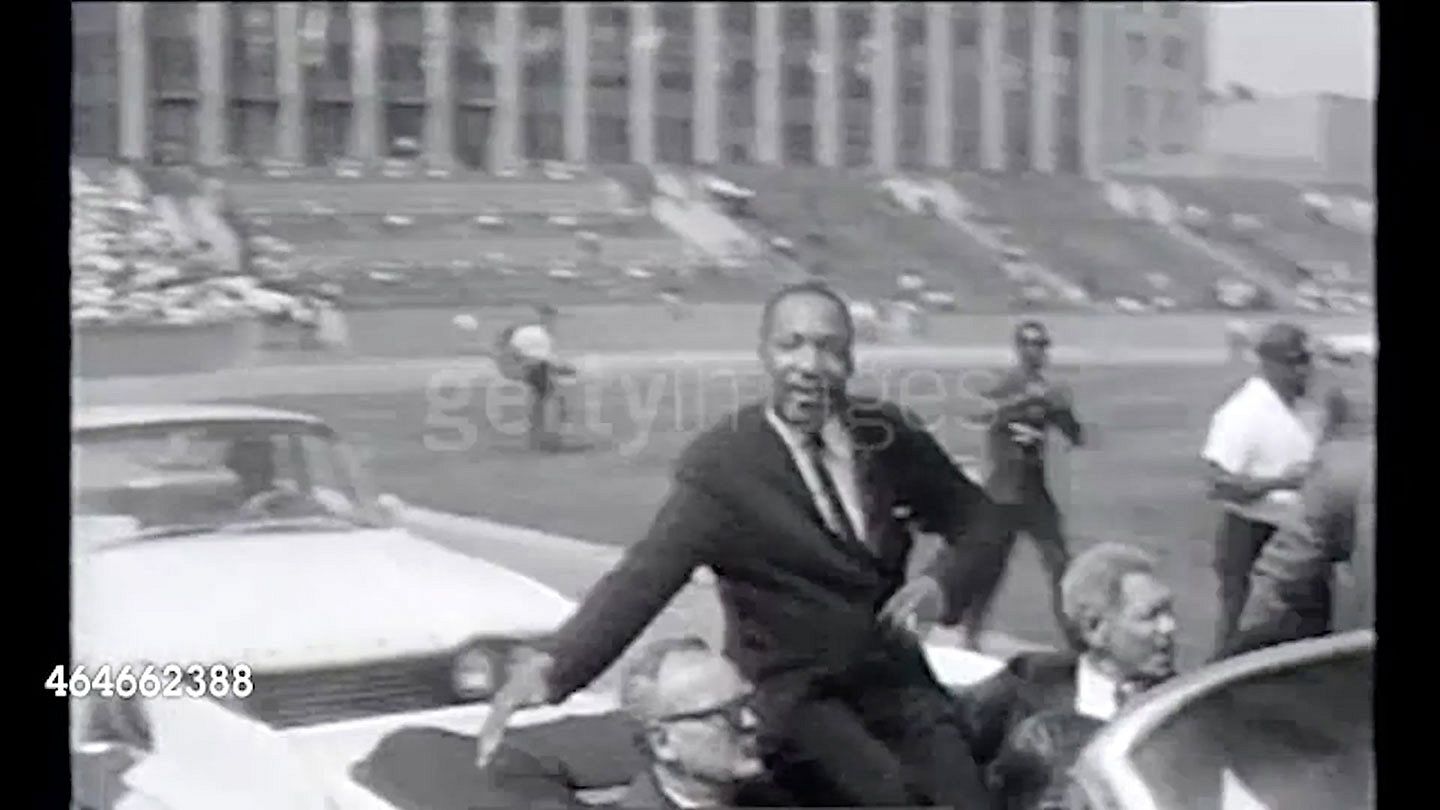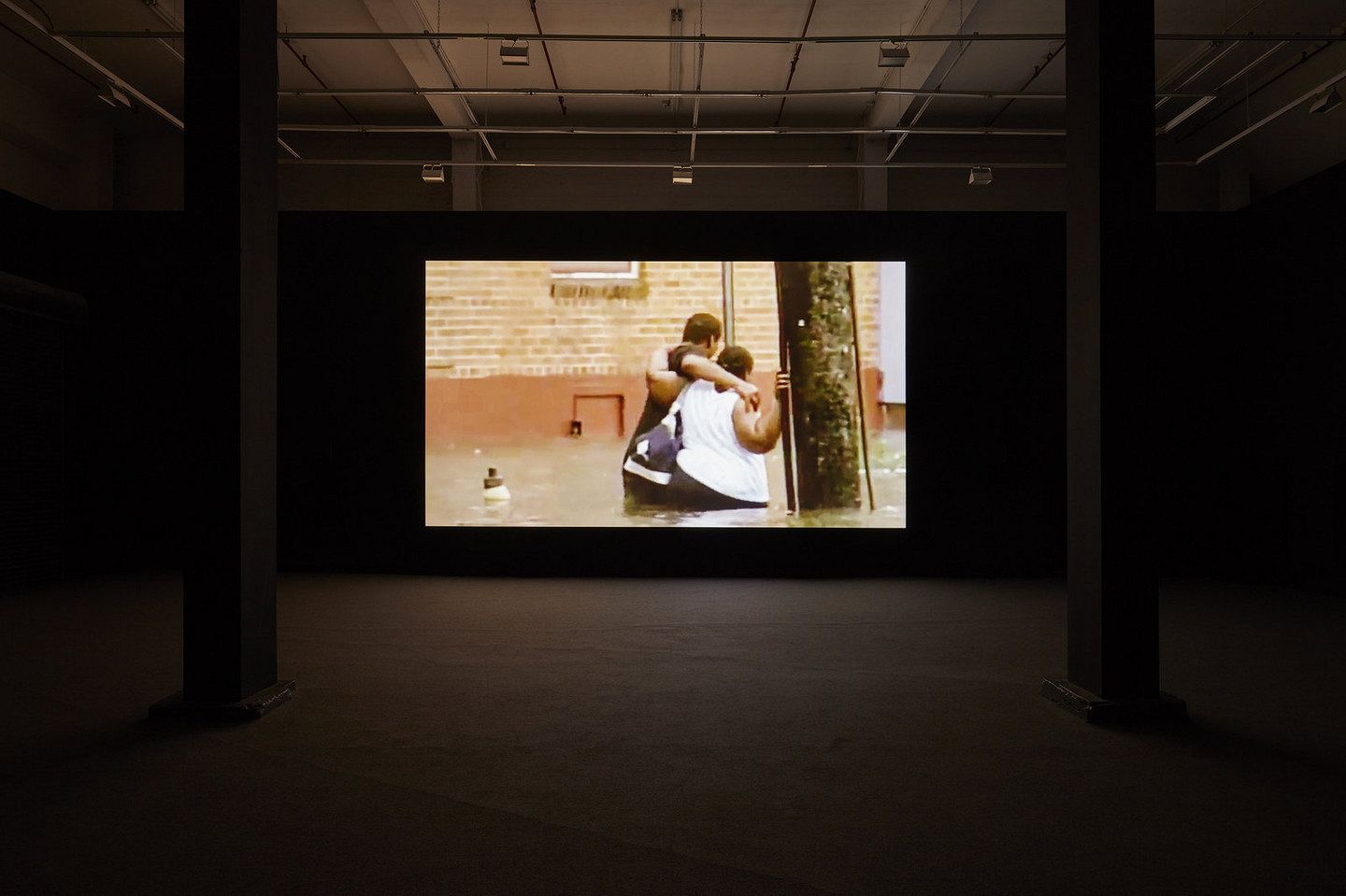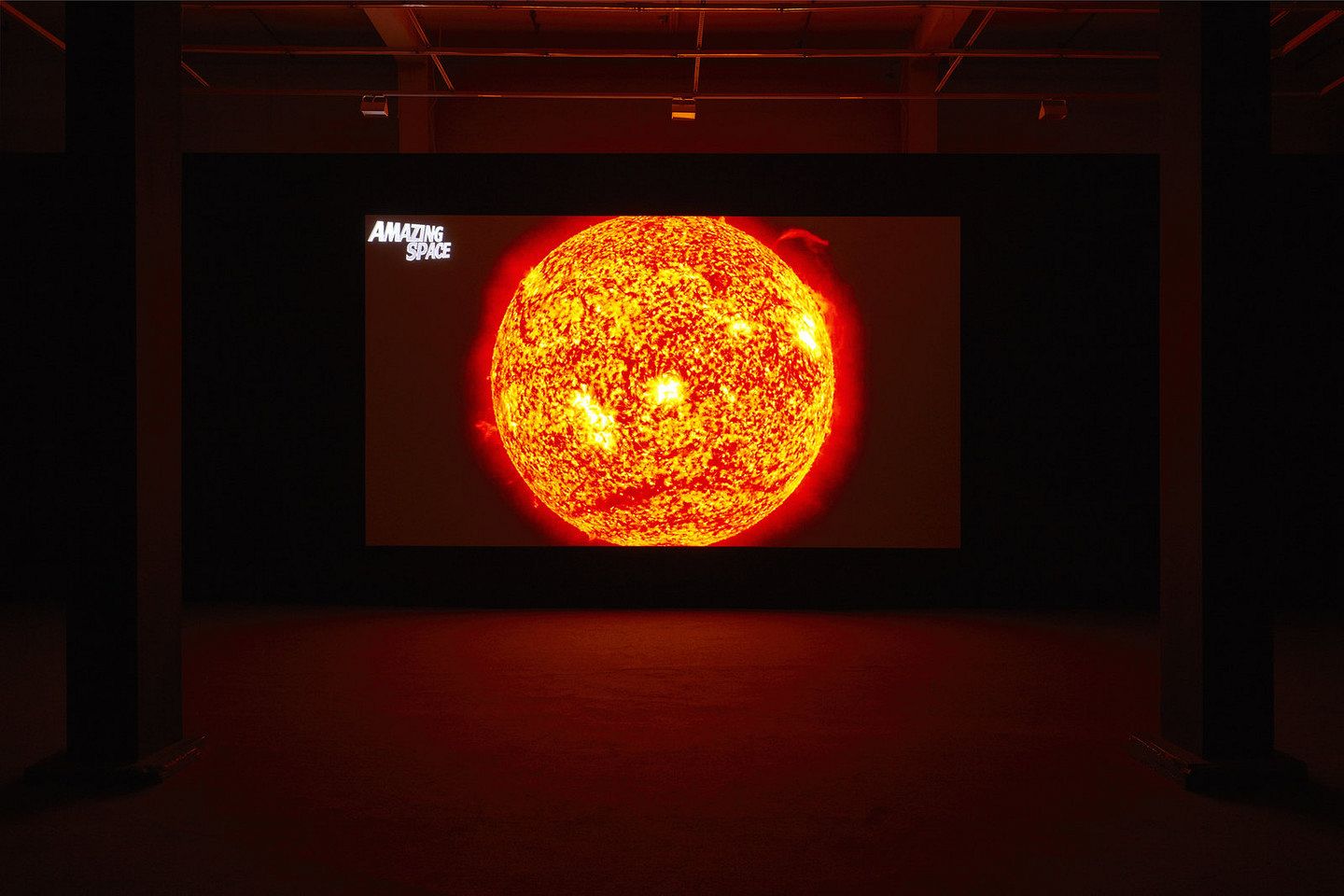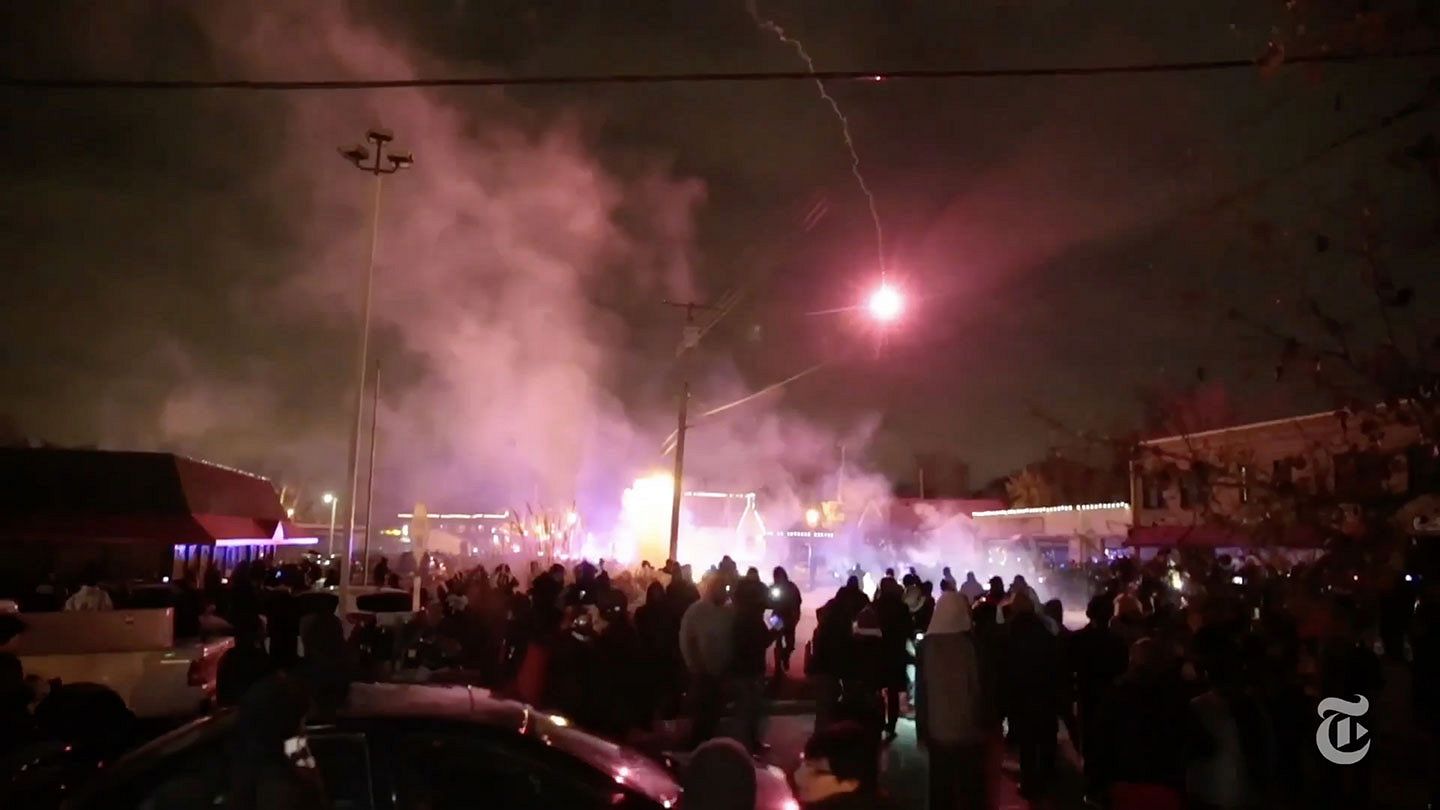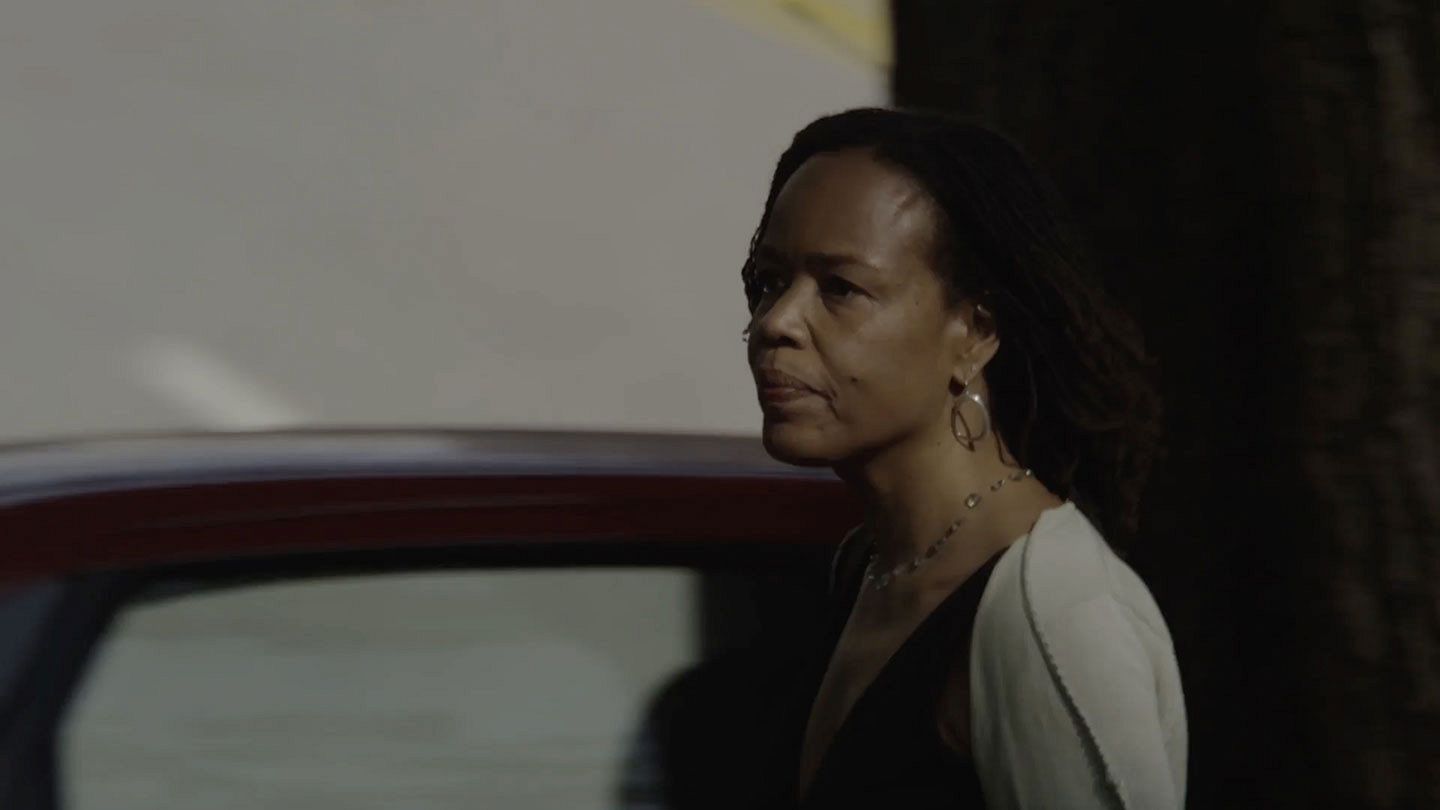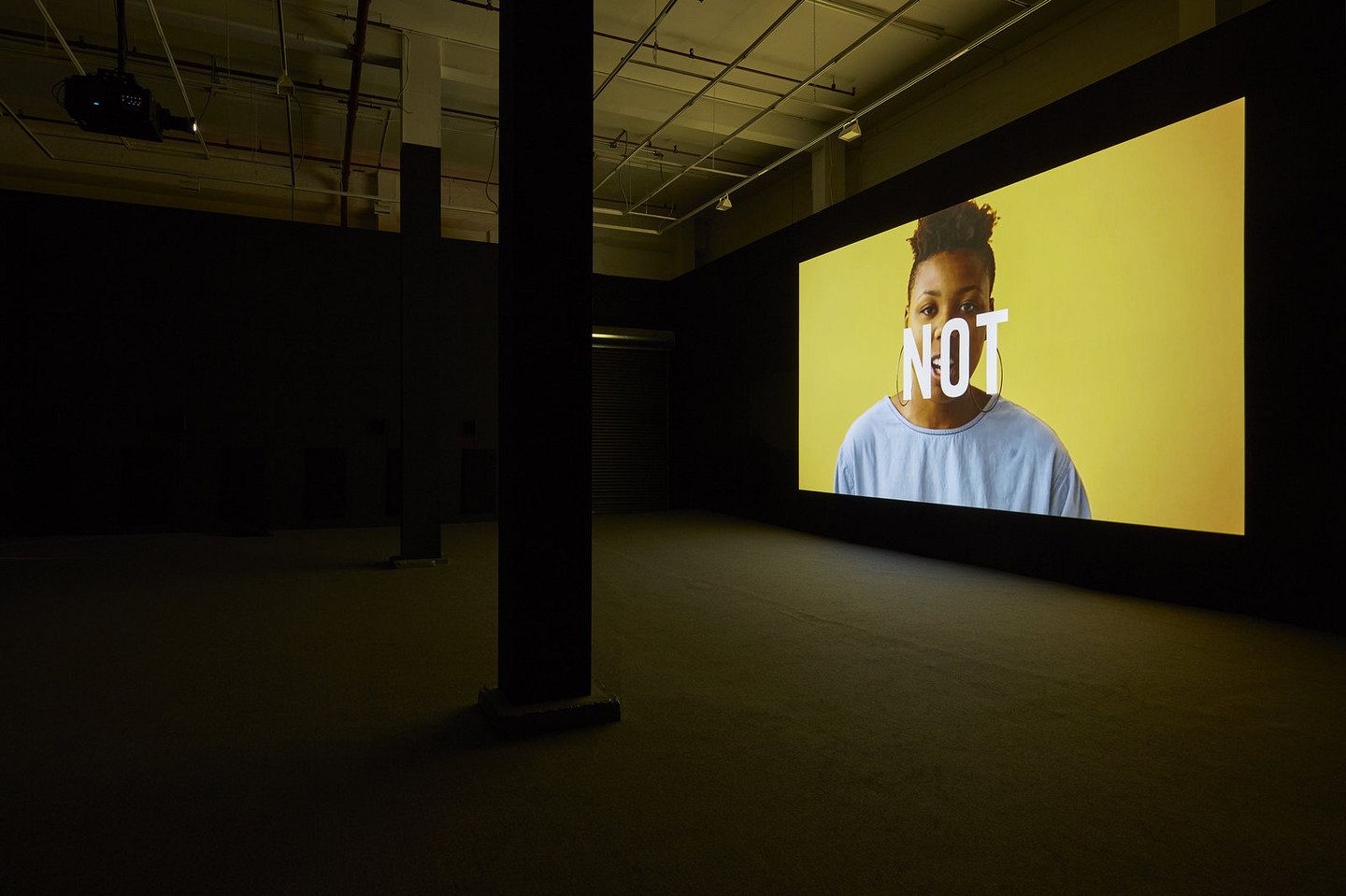Editors’ Note:
Since the initial proposal made in 2000 by atmospheric chemist Paul Crutzen and biologist Eugene Stoermer to define a new geological era as the “Anthropocene,” during which human activity has been the dominant influence on climate and the environment, we have witnessed the growth in global climate engineering theory and practice, in an universalist claim (once again!) of saving earth and humanity from extinction. However, from art historian and cultural critic T. J. Demos’s perspective, such a trend in global, sustainable, environmental management has been largely fueled and exploited by neo-liberal values and beliefs, at the cost of advancing racial justice and social equality. To propose a different vision in environmental justice, Demos weaves his critique on what he calls the “Ecomodernist” agendas with an in-depth examination on filmmaker and artist Arthur Jafa’s 2016 video Love is the Message, the Message is Death. By bringing “these politico-ecological strands together in intersectional analysis,” Demos invites us to collectively imagine a future where the solutions to climate transformation are grounded in social justice and oppose the threat of white supremacy and colonial extractivism. Love is the Message, the Message is Death has shown us a window into this future.
This is part of e-flux in Chinese Column, a collaboration between Heichi Magazine and e-flux journal, with curator and writer Xiaoyu Weng as the column’s guest-editor.
To Save a World: Geoengineering, Conflictual Futurisms, and the Unthinkable from e-flux journal #94—October 2018, read the original article here. Click here to read the second part of the essay in Chinese. Translated by Xiaoxuan Song, co-edited by Xiaoyu Weng and Qianfan Gu.
T. J. Demos is Professor in the Department of the History of Art and Visual Culture, University of California, Santa Cruz, and Founder and Director of its Center for Creative Ecologies. He writes widely on the intersection of contemporary art, global politics, and ecology and is the author of several books, including Decolonizing Nature: Contemporary Art and Political Ecology (Sternberg Press, 2016), Against the Anthropocene: Visual Culture and Environment Today, (Sternberg Press, 2017), and The Migrant Image: The Art and Politics of Documentary During Global Crisis (Duke University Press, 2013)—winner of the College Art Association’s 2014 Frank Jewett Mather Award.
Xiaoxuan Song is a moving-image maker and a freelance writer. She graduated from Bard College and is currently studying at Berlin University of the Arts. Her current research interests mainly focus on the ontology of onomatopoeia extended by simulacra and its applications in simulated space.
